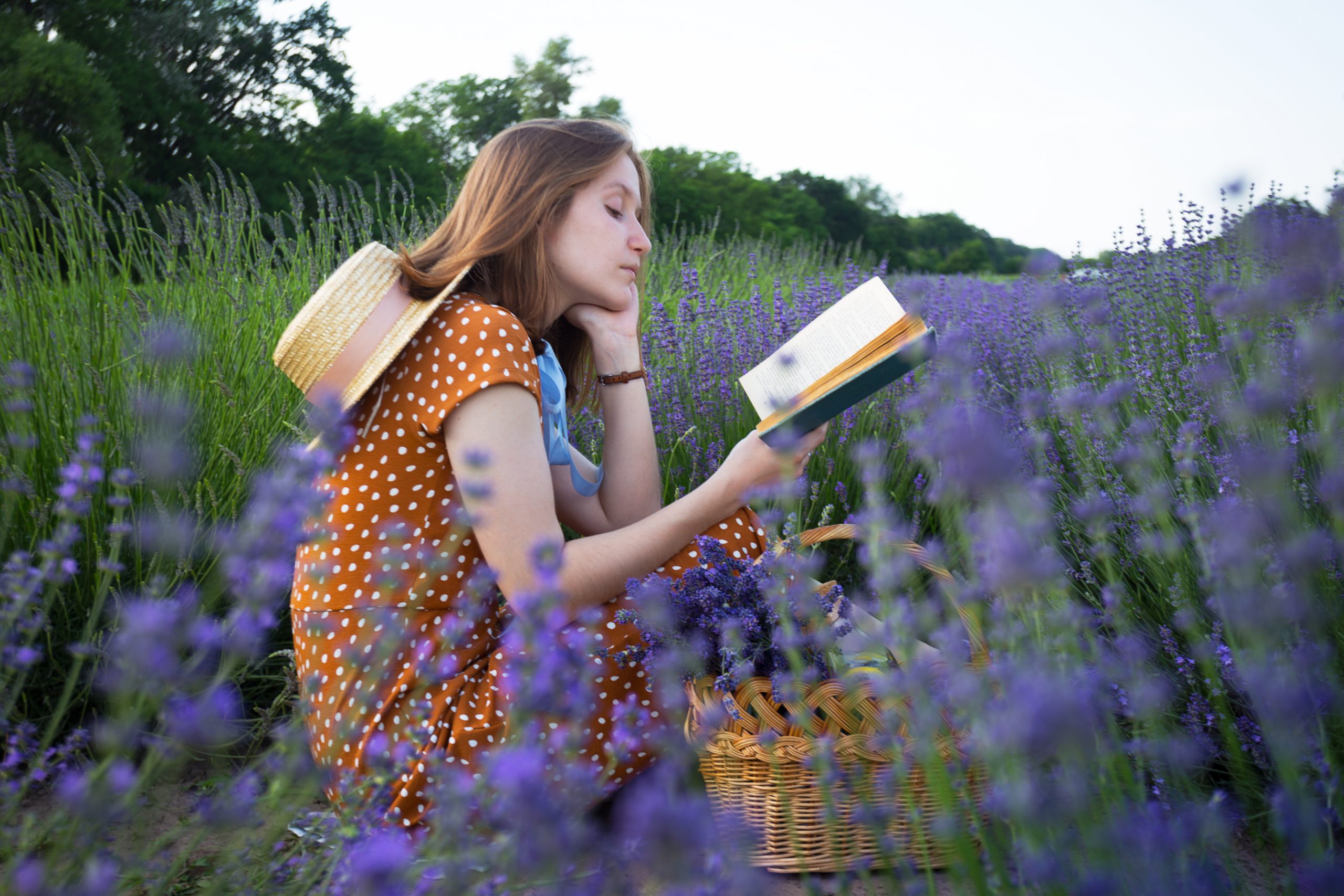I thought I’d close out National Poetry Month with some thoughts for those of us who are not poets. I want to tell you why I think poetry should be a part of any writer’s life and how it can improve your prose writing.
Thinking of your writing in terms of poetry can help establish the mood and tone of your prose. Mood is the feeling or atmosphere created by the words you use. Tone is the attitude toward the subject matter or character.
Think about the word “lyric,” an adjective defined as: “having the form and musical quality of a song.” It is no coincidence that certain writing in literature is described as “lyrical,” defined by Oxford dictionary as “expressing the writer’s emotions in an imaginative and beautiful way.”
Poetry is lyrical, too. Think of these elements of sound, and then pay attention to the way the they are used in poetry.
Euphonious: Use soft and pleasant sounds, e.g., all the vowels, M, N, R, L, S, T to create a pretty or pleasant lyrical quality.
Cacophonous: Use hard sounds and hissing sounds, e.g., hard B, T, G, K, CH, D, SH, ST, SK, to create a harsh or dissonant feeling.
Here is an example from Edgar Allan Poe’s poem “The Bells.” Poe starts out writing about pretty bells, like sleigh bells and wedding bells. Notice how he uses euphonious sounds to convey the mood and tone he’s going for.
“Hear the mellow wedding bells,
Golden bells!
What a world of happiness their harmony foretells!
Through the balmy air of night
How they ring out their delight!
From the molten-golden notes,
And all in tune,
What a liquid ditty floats
To the turtle-dove that listens, while she gloats
On the moon!”
He gradually moves on to more distressing types of bells, like alarum bells which are used to signal danger. He uses cacophonous sounds to convey this feeling.
“Hear the loud alarum bells—
Brazen bells!
What tale of terror, now, their turbulency tells!
In the startled ear of night
How they scream out their affright!
Too much horrified to speak,
They can only shriek, shriek,
Out of tune,
In a clamorous appealing to the mercy of the fire, ….”
Here are some other ways you can use the sounds of words, letters, and combinations of letters to create mood and tone in your writing.
Dynamics: Loud sounds (words like sharp, raucous, brassy, thunderous) or soft sounds (words like dulcet, lilting, sweet, mellow).
Pitch: High sounds (words like piercing, howling) or low sounds (words like hushed, muffled).
Tempo: Pace—fast or slow. You can use shorter sentences when you want your prose to feel faster, longer sentences to slow it down.
Rhythm: The beat of your prose—regular or irregular; stressed and unstressed syllables; melodic or jarring. This is the same idea as euphonious and cacophonous, but instead of the sounds of the words, it’s the arrangement of the words that creates a rhythm.
Again, look to poetry for examples of how this done.
Iambic rhythm is the most common rhythm pattern, alternating stressed and unstressed beats; iambic poetry sounds more natural or conversational.
Here is an example of iambic rhythm from the poem “In the Hard Dark” by Jill Alexander Essbaum. Pay attention to the way the syllables rhythmically rise and fall.
“When you are alone.
When even the ghost is gone.
When the erring end of night
knots itself into a stopper.
When the clock’s locked in
and the telephone moans.”
To create something more jarring, a sense of unease or discomfort, you can use a more unusual rhythm pattern, alternate sentence length, and alternate similar and dissimilar sounds.
Here is an example from Gerald Manley Hopkins’s poem “Carrion Comfort”:
“Why? That my chaff might fly; my grain lie, sheer and clear.
Nay in all that toil, that coil, since (seems) I kissed the rod,
Hand rather, my heart lo! lapped strength, stole joy, would laugh, cheer.”
Finally, begin to watch for the way these elements are used in prose. Here is an example of lyrical writing in a novel, Their Eyes Were Watching God by Zora Neale Hurston (1937). You can feel the poetry in her language as she describes days of the week, times of year, and characters.
Notice Hurston’s use of soft sounds, sentence length, and poetic language to describe the passage of time:
“Janie went on inside to wait for love to begin. The new moon had been up and down three times before she got worried in mind. Then she went to see Nanny in Mrs. Washburn’s kitchen on the day for beaten biscuits.”
Hurston could have simply written, “Janie waited three days, then on Thursday she went to see Nanny.” But this isn’t what this novel is about. It’s about the poetic beauty in an ordinary young girl’s ordinary life, and Hurston’s prose reflects that.
Notice how she describes the passing of a year in this passage:
“So Janie waited a bloom time, and a green time and an orange time. But when the pollen again gilded the sun and sifted down on the world she began to stand around the gate and expect things.”
Instead of writing, “Janie waited a year,” Hurston again infuses her prose with poetry.
If you’ve never written a poem, there are a couple of things you can do to learn to bring a more poetic quality into your prose, when the story calls for it.
Read poetry. Just like reading good novels will improve your writing, reading poetry can help you write more lyrically. Try reading a poem each and every day for a month or so. If you think you don’t like poetry, my guess is you just haven’t found your favorite poets yet.
You can read poetry at the Poetry Foundation website. They publish a Poem of the Day every day, and you can subscribe to get it in your email inbox. You can also subscribe to poem-a-day at Poets.org and visit the Library of Congress’s Poetry & Literature Program to learn more about poetry. For example, did you know that Ada Limón was just appointed the U.S. Poet Laureate for a second term on Monday, April 24th? (Read poems by Ada Limón.)
Write a poem every day. Many professional writers have daily exercises they do to stay in shape, just like athletes and dancers train, singers perform vocal runs, and actors do emotional or improvisational exercises. I journal most mornings, the “morning pages” exercise from Julia Cameron’s The Artist’s Way. Poet Jill Alexander Essbaum turned me on to a daily short story exercise that I love and that’s taught me I will never run out of ideas. Sometimes, I spend a period of time writing poetry every morning—there’s really no better way to start infusing your prose with poetry than to try your hand at writing poetry. I even had one poem published: Evening, McAbee Beach.

